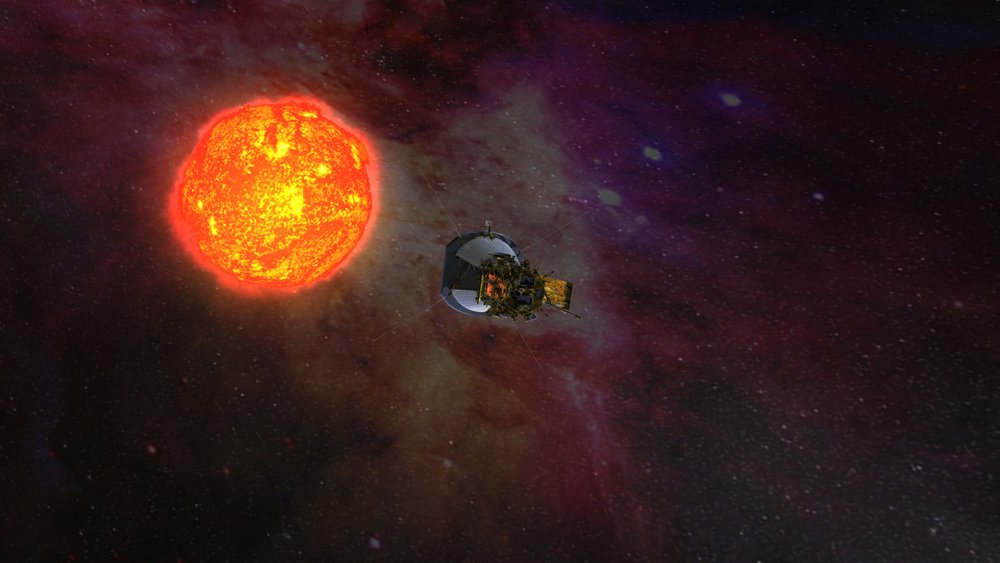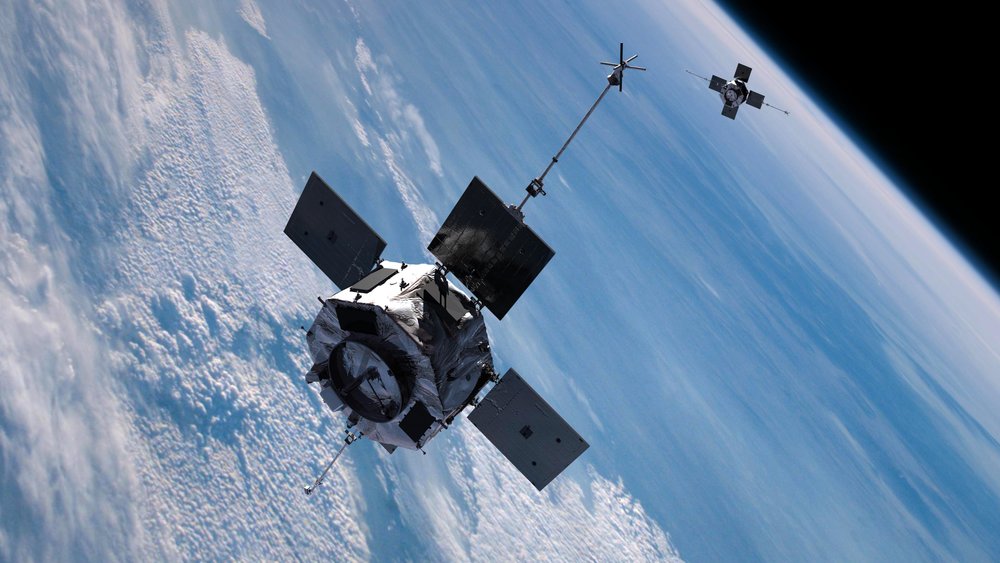While SpaceX is planning to send its spaceships to colonize the Red Planet, NASA’s probes will be sent to conquer… the sun?

NASA recently created a new probe that will be able to pierce through the wicked heat of solar corona and into the sun’s inner atmosphere
NASA’s New Solar Probe
NASA is planning to do the unthinkable yet again. The space agency recently announced that it’s planning to launch a probe that will travel closer to the surface of the sun than ever before. Till now, no spacecraft has been able to venture into the smoldering hot solar corona that surrounds the surface of the blazing sun, with extremely high temperatures that even metals with the highest melting points can’t withstand.
But now that scientists have discovered a new compound that can theoretically withstand temperatures exceeding 7,460 degrees Fahrenheit, there may be a chance that NASA can create a probe that can pierce through the wicked heat of solar corona to study the atmosphere between the corona and the sun’s surface, where solar winds are formed.
Reseacher Axel van de Walle says that no naturally occurring compound of metal is able to withstand the heat like the new synthetic material made from tantalum, hafnium, and carbon, which when melted, is 180 degrees Fahrenheit hotter than Earth’s outer core of molten lava. The groundbreaking compound is also able to withstand two-thirds of the temperature of sun’s surface.
7-Year Space Mission
NASA’s new Parker Solar Probe, which is expected to initiate its first space voyage on August 6, is made with a resistant heat-shield technology that will be able withstand the high solar temperatures easily – and may even be able to kiss the surface of the sun. The innovative probe is similar to a small car and is set to launch on its seven-year mission from Cape Canaveral launch station in Florida.
The ambitious probe will set new record on how close it travels to the surface of the sun. If successful, Parker Solar will become the first spacecraft to enter the sun’s corona and get as close as 6.1 million kilometers from its blazing surface – this is almost six times closer that what any other probe has managed to accomplish in the past.
In a news conference last week, scientist Nicola Fox from Johns Hopkins University’s Physics lab, who is also the project head for NASA’s ambitious mission, says that the prospect of sending a spacecraft somewhere that scientists have never had the opportunity to explore before is very exciting. He added that the mission opens new doors for research explaining the formation of solar winds close to the surface of the sun.
So far, the closest a spacecraft has travelled to the sun is almost 43 million kilometers from its surface. To put it into perspective, our planet Earth is 93 million kilometers from the sun, which means that we haven’t even covered half the distance from Earth to the sun so far. This previous record was set by a probe called Helios 2, which was launched by NASA in 1976. Now, the new-and –improved Parker solar will slash the record distance to only 6.1 million kilometers from the solar surface.

NASA says that the mission could change the way scientists predict weather in space and help them protect the power grids on Earth from being affected by solar storms
Predicting Space Weather
According to NASA, solar wind – which is caused by the corona – is the flow of charged particles from the sun’s atmosphere into the solar system. These winds are often unpredictable and can have an adverse effect on Earth’s magnetic field. The surge of charged particles also disrupts our planet’s communications technology.
In order to prevent solar storms from creating havoc on our planet, scientists first must figure out how they are created in the first place and be able to accurately predict when they could strike Earth’s environment. The Parker Solar Probe is now NASA’s only shot at getting answers for the strange solar wind phenomenon.
NASA solar scientist, Alex Young, says that if successful, the mission could change the way scientists predict weather in space. Having a more accurate idea about when the next solar could hit, will help scientists to protect the power grids on Earth from being affected.
The probe, which gets its name from the renowned solar astrophysicist Eugene Newman Parker, is equipped with a carbon-on-carbon shield that will protect the spacecraft’s instruments from melting in the sun’s unbearable heat. The mission, which is a part of NASA’s Living With a Star program, come with a hefty price tag of $1.5 billion.










